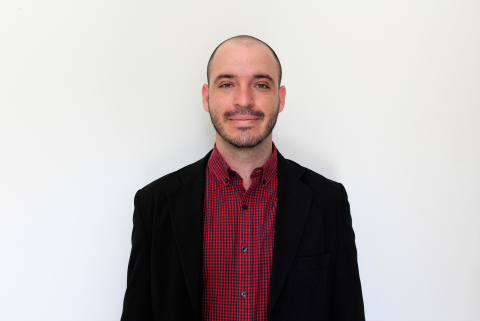Museums can delight people of all ages. In these spaces, art, history, and science meet with tourism, education, and a sense of regional belonging, presenting fragments that tell us about the evolution of man and the planets. However, in some regions of Brazil, these important institutions do not even exist, or have a modern history, as is the case with the Museum of Natural History in Mato Grosso, an institution that I have been happy to follow since its founding.
The museum, which houses one of the main archaeological and archaeological groups in the Midwest and Brazil, was born thanks to the efforts of the Institute for Ecosystems and Traditional Population (Ecoss), which throughout its history has sought partners to build and standardize one of the state’s most important museums. I became acquainted with the area of Casa Dum Aquino, while I was still a student in high school, as I had the pleasure of participating in archaeological excavations. I can still remember feeling content to find some shards of Portuguese crockery, buried in the backyard of a colonial residence.
The museum was set up a few years later, in 2006, and meant a significant change for Cuyaba and Mato Grosso. Since then, thousands of students, tourists, and curious people have been able to get a closer look at the animal fossils of megafauna such as giant sloths and giant armadillos, as well as looking at fossilized shells and other marine animals that tell the story of the sea that covered the Cuiaba area for approximately 360 and 410 one million years. All of these materials are the result of scientific research by the ECOSS team and other partners.
In addition to being a very important educational tool, the museum has also contributed to the regional scientific development. As an intern, I followed the efforts of geologist Susanna Hiroka to search for dinosaur fossils. The work yielded results, and in 2008, the team’s first discoveries were made in the municipality of Chapada dos Guimarães. Research has continued and today articles in major scientific journals around the world have been published.
Dinosaur fossils are not new to Mato Grosso, they have been known since the 19th century. However, the material generally discovered was in other states, as is the fossil of Pycnonemosaurosa nevesi, a giant carnivore with a plate and a cross, described by researchers at the National Museum, located in Rio de Janeiro, from fossils found at Chapada dos Guimarães. However, the inhabitants of Mato Grosso were only able to notice the greatness of this dinosaur that lived in our lands, when a replica was built in the Museum of Natural History in Mato Grosso. Today, another replica is being built, and it will be the second largest in Brazil, and this time it will be the sauropod, which are large herbivorous dinosaurs that also lived in our state during the Cretaceous period.
Although it is a state museum, support from the state government wasn’t always and sometimes the space had been free of funds for years, but it remained open. Since its inception, the museum has often survived thanks to the efforts of people who believe in its scientific, educational and cultural significance. This year in 2021, Mato Grosso’s culture will complete 15 years. Certainly during the next decades of the 21st century, many other fascinating discoveries of new animals, important archaeological finds, and many other surprises related to the natural history of Mato Grosso have been reserved. As a researcher, I want to continue contributing to this, and helping some children and young people to be fascinated by science, just as I was intrigued the first time I saw fossil and archaeological discoveries. But for this to happen, the museum and science must be increasingly supported and strengthened, and in doing so, the country safeguards its history and builds a strong future rich in information, culture, education and sustainable development.
Caiubi Kuhn is a professor at the College of Engineering (UFMT), a geologist, a specialist in public administration (UFMT) and a master’s degree in geosciences (UFMT)

“Wannabe internet buff. Future teen idol. Hardcore zombie guru. Gamer. Avid creator. Entrepreneur. Bacon ninja.”

